Dive Details
Location
Date
Sunday 11 January 2015
Time
9:38am - 10:49am
Details
It was a wet and miserable day and yet The Leap was still inviting me to join it. The swell was not big but there were a few large sets coming through from time to time so I slid down the rocks next to the low shelf rather than chance the shelf itself. I swam away from the rocks, turned and descended. As I descended, I noticed a large dark shape go past me. My first thought was a blue groper but it was much big for that and it was dark brown rather than blue. For a split second "grey nurse shark" crossed my mind and then I realised it was a seal. A very large seal. Australian fur seals get to just over 2 metres and this would have been close to 2 metres. I quickly turned on the GoPro but unfortunately it swam off before I could get any footage other than a distant blob. I sat on the bottom for a while with the GoPro running hoping it would return, but I was not so lucky. Still, it was a very cool experience.
I headed to the sand line at around 60°. Initially the water was quite warm but I swam through a few thermoclines along the way and by the time I reached the amphitheatre it was around 15°C. Visibility was between 5 and 10 metres but very dark due to the rainy conditions.
I swam south east to the rock where Sheree first spotted the white male pygmy pipehorse at the beginning of October and found it was still there. As I was manoeuvring to photograph it I noticed a red one about 10 centimetres away. I think it was the same one I saw on New Year's Day. I then noticed a third one even closer but a bit lower. This may have been the one I saw on 15 December. So, probably no new pygmy pipehorses but three on the same rock is still pretty good.
I swam over to the rock where I saw my first pink pygmy pipehorses and had a quick look but I still can't find it. Nearby I saw a male weedy seadragon with eggs. This was the same male I have seen numerous times since March last year and I last saw it in the same area on 30 December.
I headed towards Seahorse Rock and found another weedy seadragon on the way. I don't believe I have seen this weedy before.
I found "Lucky" and "Rosie" on their rock behind Seahorse Rock. "Lucky" is very pregnant.
Between Seahorse Rock and "Southern Cross" I found another weedy, a velvetfish and a mourning cuttlefish. The weedy was new to me and also had a parasitic isopod (fish louse) on its head.
I found "Pierre" immediately as he was hiding on his usual sponge. It took me quite some time to find "Southern Cross". She was out in the open as usual, but was on the side of the rock and despite being bright yellow was camofluaged quite well.
I continued on to Seadragon Alley but only saw one weedy seadragon there. This was a male who I have seen 3 times with the first time being 15 December. All previous times it had some eggs but not a full tail. I did not notice any eggs on this one.
I continued along the sand line after Seadragon Alley and found two weedies together. One was "Stumpy Tail" who I last saw in December on top of the reef. The other was one I have seen numerous times since March 2014 and last seen on New Year's Day.
Further along the sand line I found another weedy. This was only the second time I had seen this one and I last saw in on 30 December 2014.
I was running low on air at the basket star so I headed to the top of the reef, past the other basket star to the boulders and then swam to the exit while doing my safety stop. I exited at The Steps. It was a nice clean exit.
Seas
Slight
Visibility
5 to 10 metres
Duration
70 minutes
Maximum depth
21.7 m
Average depth
16.5 m
Water temperature
15.2°C
Dive Profile from Citizen Hyper Aqualand

Tides at Botany Bay AEDT
Note that tides at dive site may vary from above location.
High
1:00am
1.33m
Low
6:45am
0.64m
High
12:54pm
1.50m
Low
7:27pm
0.49m
Camera gear
Camera
Nikon D7000
Lens
Nikon AF Micro-Nikkor 60mm f/2.8D
Housing
Ikelite 6801.70
Lens port
Ikelite Flat Port 5502.41
Strobe
2 x Ikelite SubStrobe DS161
Photographs
Depth information, where present, indicates the depth of the camera when the photograph was taken and can be used to approximate the depth of the subject.

Reaper cuttlefish, Sepia mestus. 21.2 m.
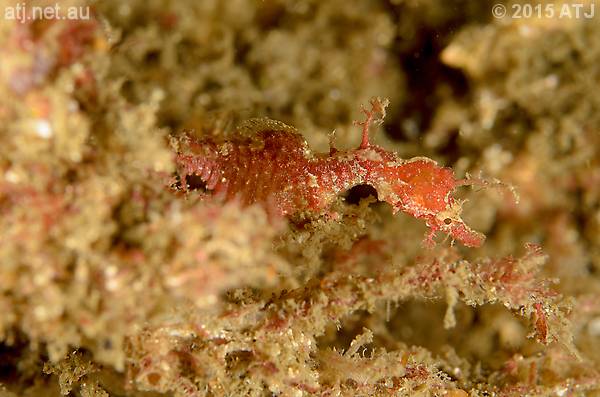
Sydney pygmy pipehorse, Idiotropiscis lumnitzeri. 21.2 m.

Male Sydney pygmy pipehorse, Idiotropiscis lumnitzeri. 2.14 m.
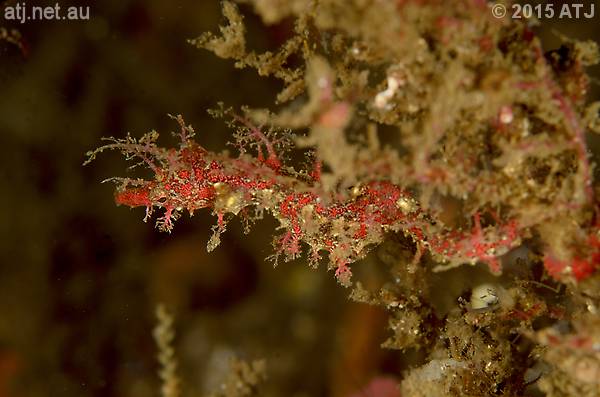
Sydney pygmy pipehorse, Idiotropiscis lumnitzeri. 21.4 m.

Sydney pygmy pipehorse, Idiotropiscis lumnitzeri. 21.1 m.
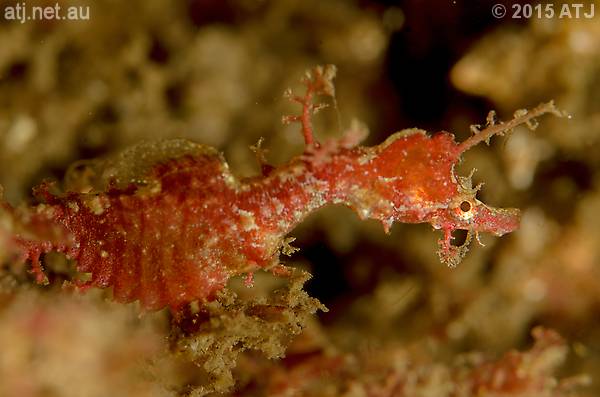
Sydney pygmy pipehorse, Idiotropiscis lumnitzeri. 21.2 m.
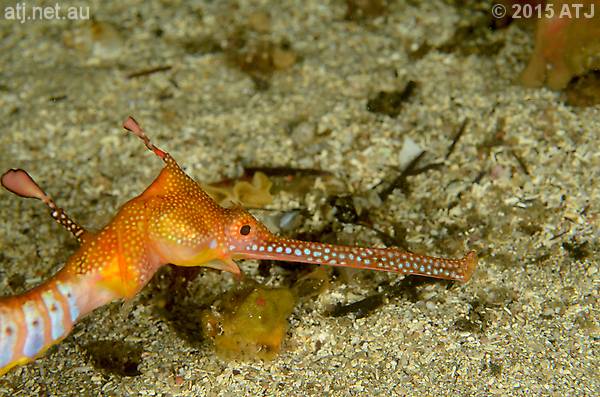
Weedy seadragon, Phyllopteryx taeniolatus. 21.3 m.

Male pot-bellied seahorse, Hippocampus abdominalis, ("Lucky"). 20.2 m.
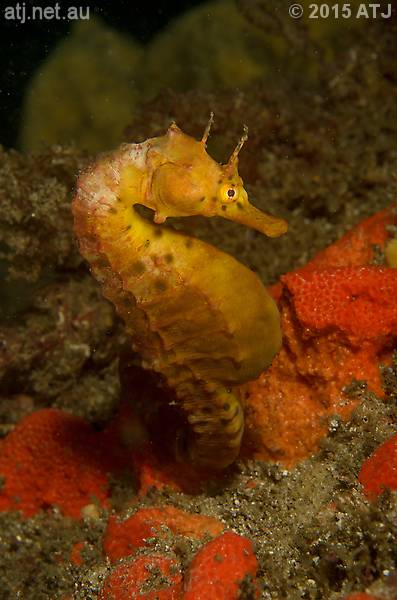
Female pot-bellied seahorse, Hippocampus abdominalis, ("Rosie"). 19.8 m.
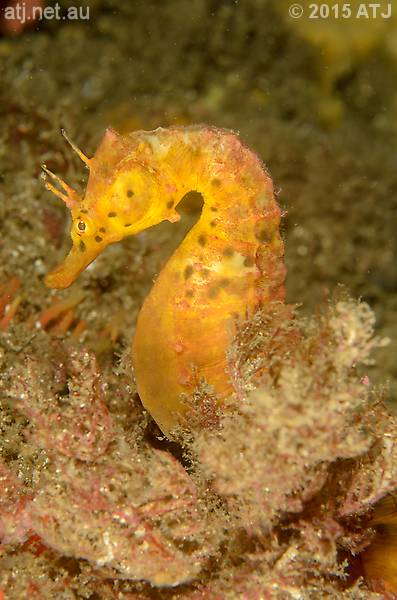
Female pot-bellied seahorse, Hippocampus abdominalis, ("Rosie"). 19.5 m.
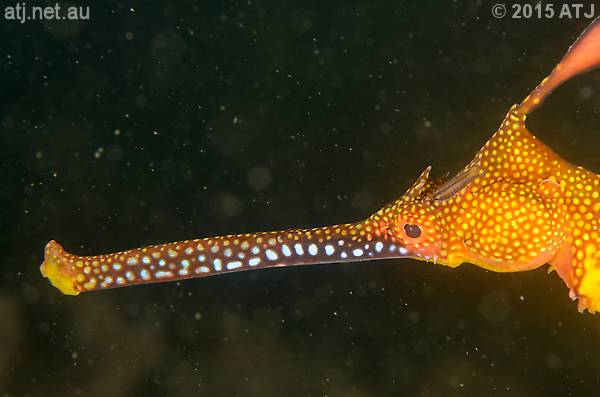
Close-up of weedy seadragon, Phyllopteryx taeniolatus, head, showing parasitic isopod. 19.2 m.

Velvetfish, Aploactisoma milesii. 19.2 m.

Mourning cuttlefish, Sepia plangon. 18.9 m.
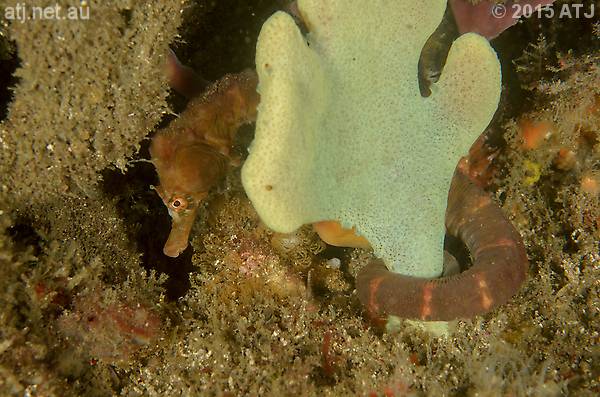
Male pot-bellied seahorse, Hippocampus abdominalis, ("Pierre"). 17.4 m.
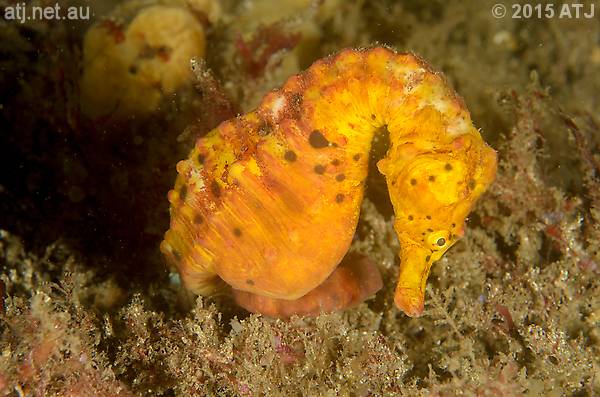
Female pot-bellied seahorse, Hippocampus abdominalis, ("Southern Cross"). 18.3 m.
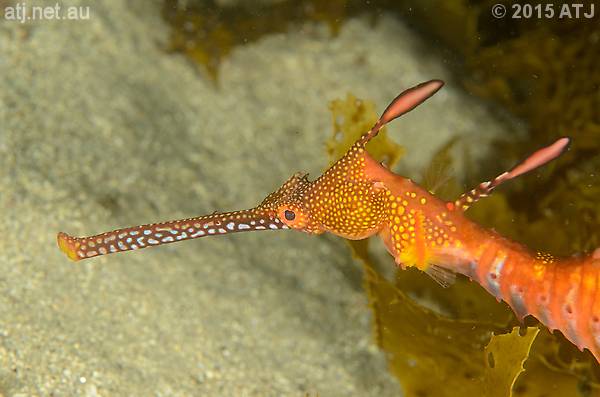
Weedy seadragon, Phyllopteryx taeniolatus. 16.4 m.
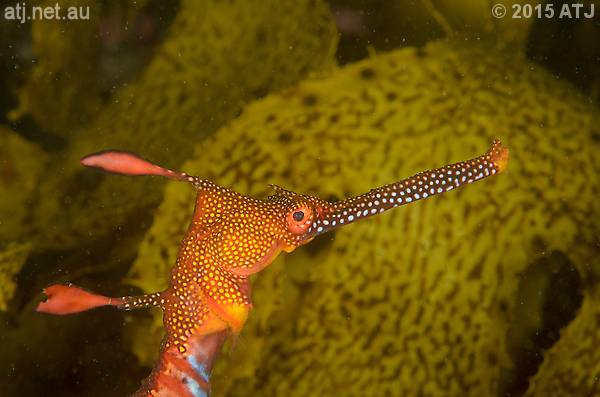
Weedy seadragon, Phyllopteryx taeniolatus. 14.7 m.
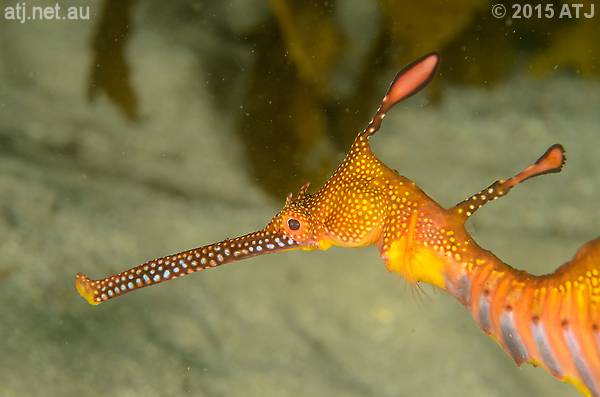
Weedy seadragon, Phyllopteryx taeniolatus. 14 m.

Pygmy leatherjacket, Brachaluteres jacksonianus. 14.1 m.

Weedy seadragon, Phyllopteryx taeniolatus. 14.3 m.
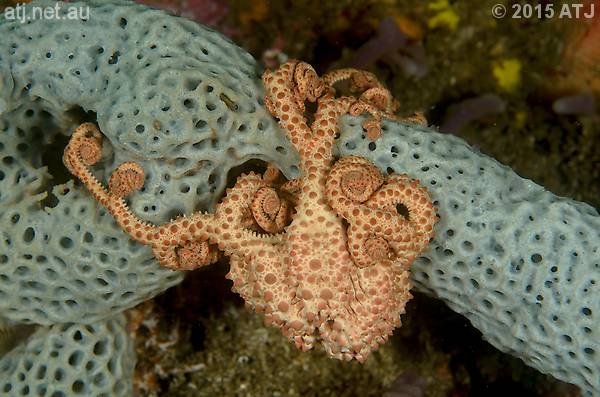
Basket star, Astrosierra amblyconus. 13.1 m.
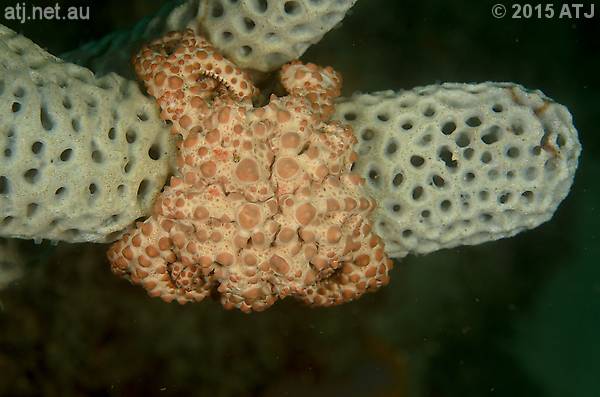
Basket star, Astrosierra amblyconus. 10.1 m.